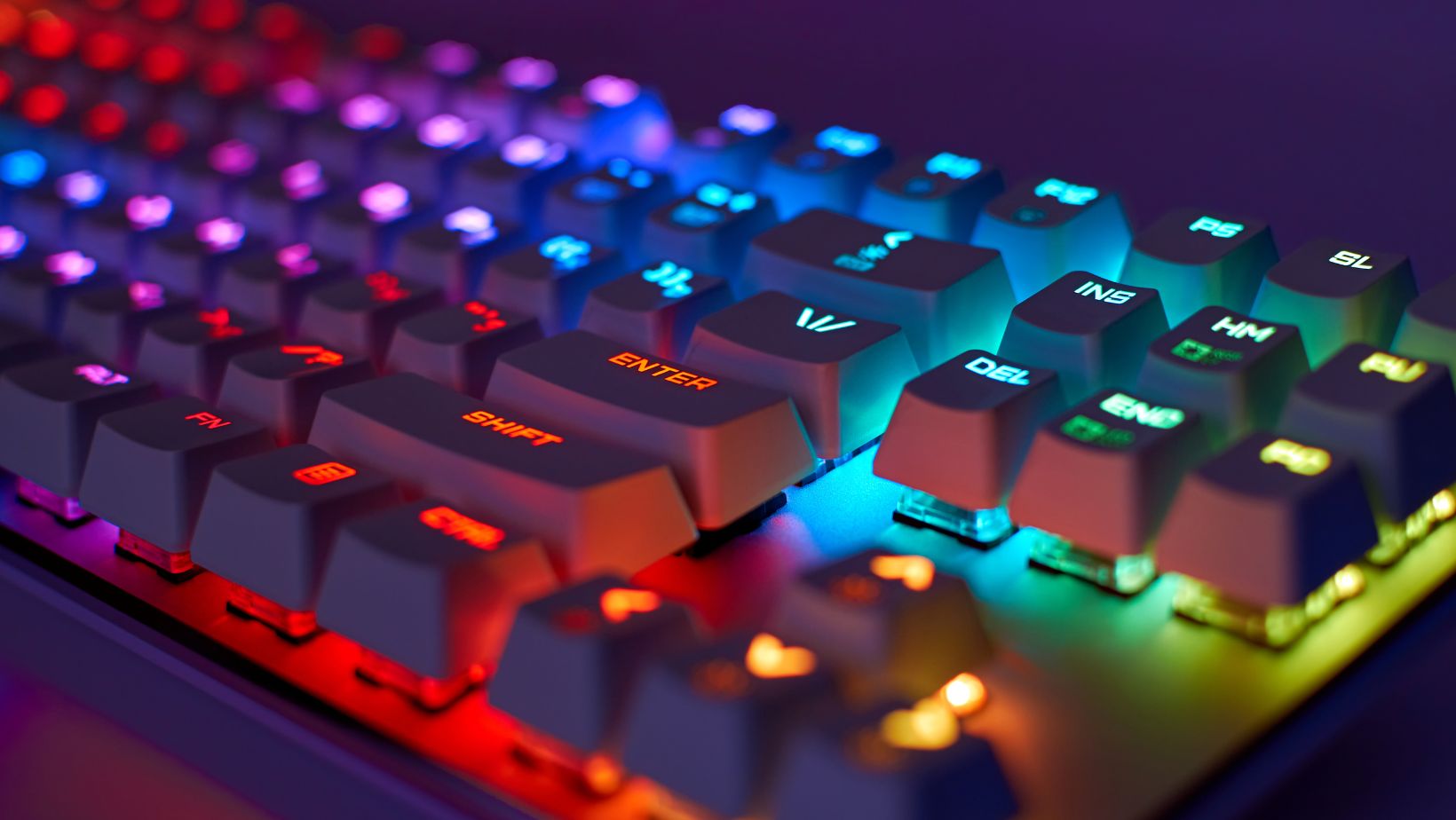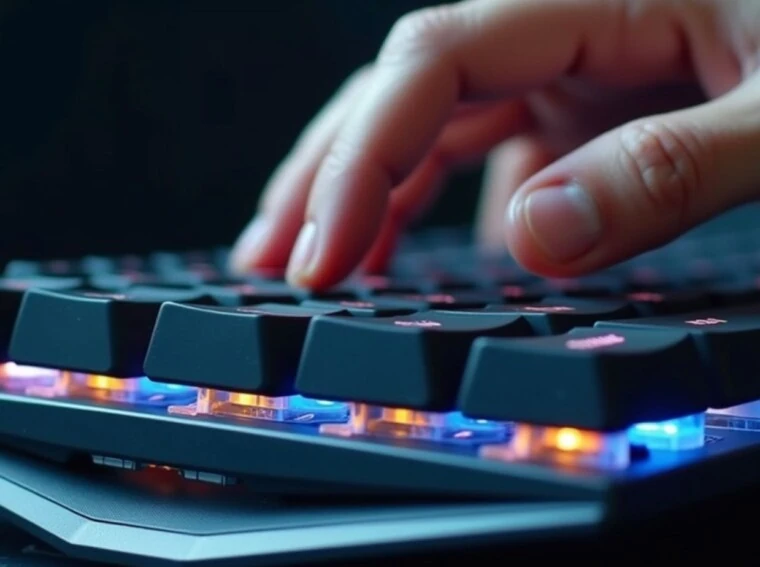Every gamer knows the feeling of a long session. Your fingers start to ache, your wrists tighten, and reaction time slows. What most players don’t realize is that a big part of this comes down to finger travel distance—the small but crucial space between a key’s resting point and its actuation point. The shorter the movement, the less muscle strain. But if it’s too short, errors increase. This is the balance gaming keyboard designers try to perfect—speed versus comfort, precision versus fatigue. With the casino rocket review, you can learn more about how everything works, understand the bonus features before your journey starts.
Inside the Anatomy of a Switch
Mechanical keyboard switches are the main part of the keyboard. Each switch has three key features:
- Actuation force – how hard you need to press the key.
- Actuation point – the moment the key actually registers your press.
- Total travel distance – how far the key moves from top to bottom.
For example, a Cherry MX Red switch registers at 2 mm and travels 4 mm in total. A low-profile switch registers at 1 mm and travels 3 mm. Some optical switches cut this even further. These differences seem tiny—but in competitive gaming, where milliseconds matter, they can shape performance and comfort.
Ergonomics Meets Engineering
Studies show that keys that travel farther take more time to press and require more finger strength. Your fingers stretch more, which puts extra strain on the tendons. Shorter travel distances, by contrast, can reduce fatigue and improve accuracy—up to a point.
For gamers, shorter key travel makes actions feel quicker and sharper. But comfort is personal. Some people find very short keys too sensitive and press them by mistake. That’s why pro players spend time adjusting switches and keycaps to match their fingers.
Speed vs. Accuracy: The Reaction Time Trade-Off
Speed is the ultimate prize for most gamers. Yet faster switches don’t always mean better results. When travel distance becomes too short, players may register unintentional inputs—especially in games requiring multiple simultaneous actions.
Imagine pressing “W” to move forward and “Shift” to sprint. If both keys have ultra-short actuation, a light brush can trigger them before you intend. That’s fine in rhythm or speed-based games, but disastrous in strategy or simulation titles.
In fact, some esports athletes deliberately choose slightly longer travel distances to maintain control. The extra millisecond acts as a mental checkpoint—enough time to confirm intent before the action occurs. This delicate balance between precision and speed defines modern keyboard design.
Switch Height and Hand Posture
Finger travel distance doesn’t work in isolation. The height of a key affects how comfortable your hands are. Taller keys make your fingers higher, which bends your wrists more. Over time, this can cause strain and tiredness.
Low-profile keys keep your hands flatter, like on ergonomic office keyboards. Many gaming keyboards use “floating keys” or wrist rests to help. These designs improve blood flow and reduce pressure on nerves.
Even small changes, like lowering your chair or adjusting a wrist pad, can make your hands line up better with the keyboard. This eases strain without slowing you down.
Data From Gaming Ergonomics Studies
Recent studies are now looking at gaming keyboards, not just office typing. One 2022 study found that players using mid-travel keys (3.5–4mm) had 12% more hand fatigue after two hours than those using low-profile keys.
But the mid-travel key users were more accurate, showing that a bit more resistance can help make deliberate, precise movements. Another study from South Korea analyzed eSports players’ hand EMG readings during competitive play. The results showed that optical switches with shorter travel distances reduced peak muscle strain by up to 18%.
Customizing for Comfort and Performance
Gamers can now change their keyboards in many ways. They can swap switches, set how far keys need to be pressed, and adjust key travel. Some keyboards let you do this on the computer.

For example, you can make the WASD keys very sensitive for fast movement, while keeping other keys deeper to avoid errors. Some players also use special keycaps that feel nicer for their fingers.
These tweaks make the keyboard fit your hands perfectly. They also reduce small fatigue that builds up after long gaming sessions.
Hand Health and Long-Term Impact
Most gamers don’t notice hand strain until it hurts. Using a keyboard the wrong way can cause problems like tendon pain or carpal tunnel. Hard keys, deep presses, and bad wrist angles make your hands tired. To prevent issues, stretch your hands, sit with good posture, and take breaks. A keyboard with the right key travel helps your fingers work comfortably.
Where Keyboard Design Is Headed
Future gaming keyboards will focus on comfort. They may have switches you can adjust, sensors that track your hand movements, and smart tips to help you press keys in the best way.
Some prototypes already exist—keyboards that detect fatigue based on key force and subtly adjust actuation points mid-game. These innovations aim to balance comfort and competitiveness, recognizing that elite performance depends as much on hand health as on raw reflexes.
